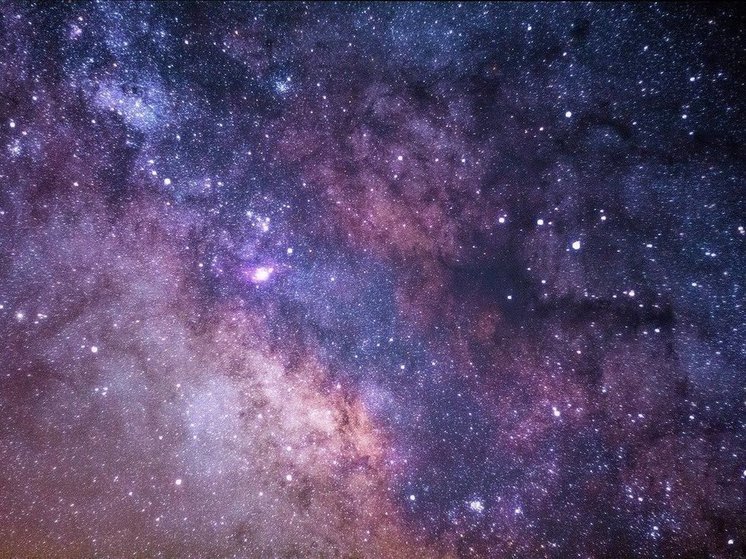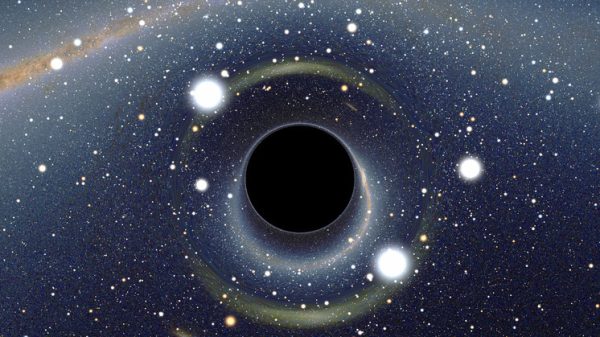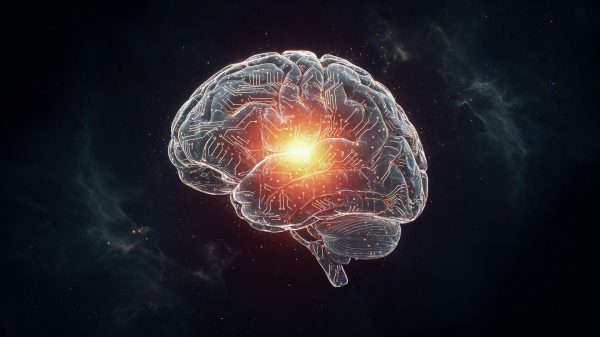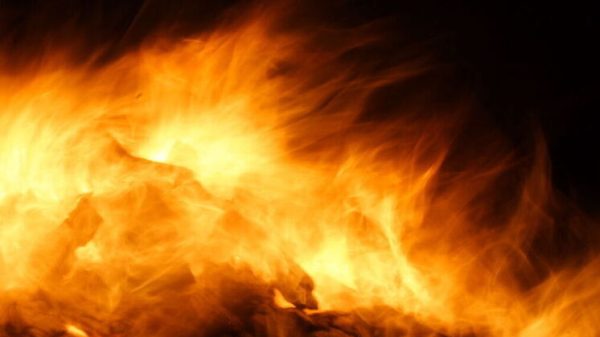«They emit more energy than an entire galaxy of hundreds of billions of stars»

A star formation dubbed the «Tasmanian Devil» has helped reveal a phenomenon that astronomers have never seen. Space is full of extreme phenomena, but the Tasmanian Devil may be one of the strangest and rarest cosmic phenomena ever observed.
Months after astronomers witnessed the explosion of a distant star, they noticed something they had never seen before: energetic signatures of life emanating from a stellar body about 1 billion light-years from Earth. The short, bright bursts were as powerful as the original event that killed the star.
Astronomers dubbed the celestial object the “Tasmanian Devil” and watched it explode repeatedly after its initial discovery in September 2022, CNN reports .
But the initial stellar explosion that caused the star's death was not any typical supernova, an increasingly bright star that explodes and ejects most of its mass before dying. Instead, it was a rare type of explosion called a luminous fast blue optical transient (LFBOT).
These LFBOTs glow brightly with blue light, peaking in brightness and fading away within a few days while supernovas may take weeks or months to fade. The first LFBOT was discovered in 2018, and since then astronomers have been trying to determine the cause of the rare catastrophic events.
But with its unexpected behavior, the «Tasmanian Devil» raises more questions than answers, CNN notes.
While LFBOT is an unusual phenomenon, the «Tasmanian Devil» is even stranger, causing astronomers to doubt the processes behind repeated explosions.
“Surprisingly, rather than fading away as one might expect, the source briefly lit up again—and again, and again,” lead study author Anna Ho, an assistant professor of astronomy in Cornell University's College of Arts and Sciences, said in a statement. “LFBOTs are already kind of a strange, exotic event, so this was even stranger.”
Findings from the latest detection of LFBOT «Tasmanian Devil», officially designated AT2022tsd and observed by 15 telescopes around the world , published recently in the journal Nature.
“LFBOTs emit more energy than an entire galaxy of hundreds of billions of Sun-like stars. The mechanism behind this enormous amount of energy is currently unknown,” study co-author Jeff Cook, a professor at Swinburne University of Technology in Australia, said in a statement. “But in this case, after the initial burst and decay, the extreme explosions just kept happening, happening very quickly—in a matter of minutes rather than weeks or months, as is the case with supernovae.”
Software written by Anna Ho originally marked the occasion. The software sifts through half a million transients detected daily by the Zwicky Transient Facility in California, which studies the night sky. Ho and her collaborators from various institutions continued to monitor the explosion as it died down and analyzed the observations several months later. The images showed intense bright bursts of light that soon disappeared.
“Nobody really knew what to say,” admits Anna Ho. “We've never seen anything like this before—something as fast and bright as the initial explosion a few months later—from any supernova or FBOT (fast blue optical transient). We've never seen this, period, in astronomy.”
To better understand the rapid changes in luminosity occurring in the Tasmanian Devil, Ho and her colleagues turned to other researchers to compare observations from multiple telescopes.
In September 2022, Ho discovered an explosion, likely the death of a star, in a distant galaxy.
A total of 15 observatories, including the high-speed ULTRASPEC camera mounted on the 2.4-meter Thai National Telescope, tracked 14 irregular bursts of light over 120 days, which likely represents only a small fraction of the total number of bursts emitted by LFBOT, Ho says .
Some of the outbursts lasted only tens of seconds, which astronomers say suggests the main cause is a stellar remnant left behind by the initial explosion—either a dense neutron star or a black hole.
“It's resolves decades of debate about what powers this type of explosion, and reveals an unusually direct method for studying the activity of stellar corpses,” notes Anna Ho.
Either of the objects is likely absorbing large amounts of material that fuels subsequent bursts.
“It pushes the boundaries of physics because of its extreme energy production, as well as short bursts,” says Jeff Cook. – Light travels at finite speed. So the speed at which a source can flare up and fade out limits the size of the source, meaning that all that energy is generated from a relatively small source.”
If it is a black hole, then the celestial object can emit jets substances and launch them into space at a speed close to the speed of light, CNN continues.
Another possibility is that the initial explosion was caused by an unconventional event, such as a star-black hole merger, which could represent “a completely different channel for cosmic cataclysms,” notes Anna Ho.
Studying LFBOT could tell more about the «afterlife» of a star, not just its life cycle, which ends with explosion and remnant.
“Because the corpse is not just there, it is active and doing things that we can detect — says Ho. “We think these flares may come from one of these newly formed corpse stars, giving us an opportunity to study their properties when they first formed.”
Astronomers will continue to scan the sky for LFBOT to see if how common they are, and uncover more of their secrets.
“This discovery gives us more information about the different ways stars end their lives and about the exotics that populate our Universe,” study co-author Vic said in a statement Dillon, Professor in the Department of Physics and Astronomy at the University of Sheffield in the United Kingdom.























































Свежие комментарии